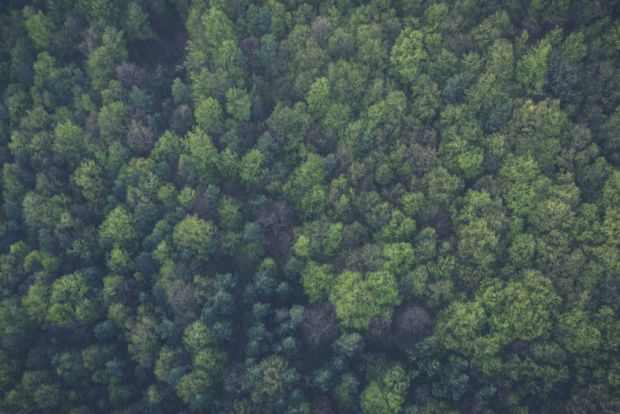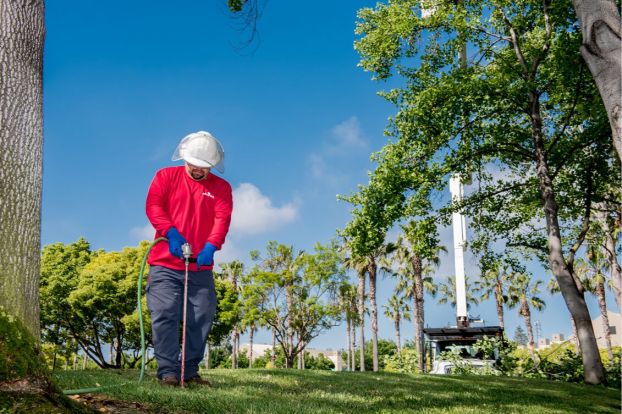Plant Health Care vs Tree Health Care
Why Plant Health Care, not Tree Health Care?
While trees are dominant ornamental features on your home or business landscape, they share this area with turfgrasses, shrubs, and other plants. All these plants are bedded in a common resource: the soil. The roots of trees, shrubs, turfgrass, and bedding plants intermingle and compete for water and nutrients. The roots of a single mature tree may extend well into your lawn or flower beds. Every treatment applied to the lawn (fertilizer and herbicide, for example) can impact the appearance and vitality of a tree. Conversely, treatments applied to a tree, such as pruning and fertilizing, can influence the appearance and vitality of the underlying turfgrass. The care of each plant in a landscape can affect the health of every plant in that landscape.

